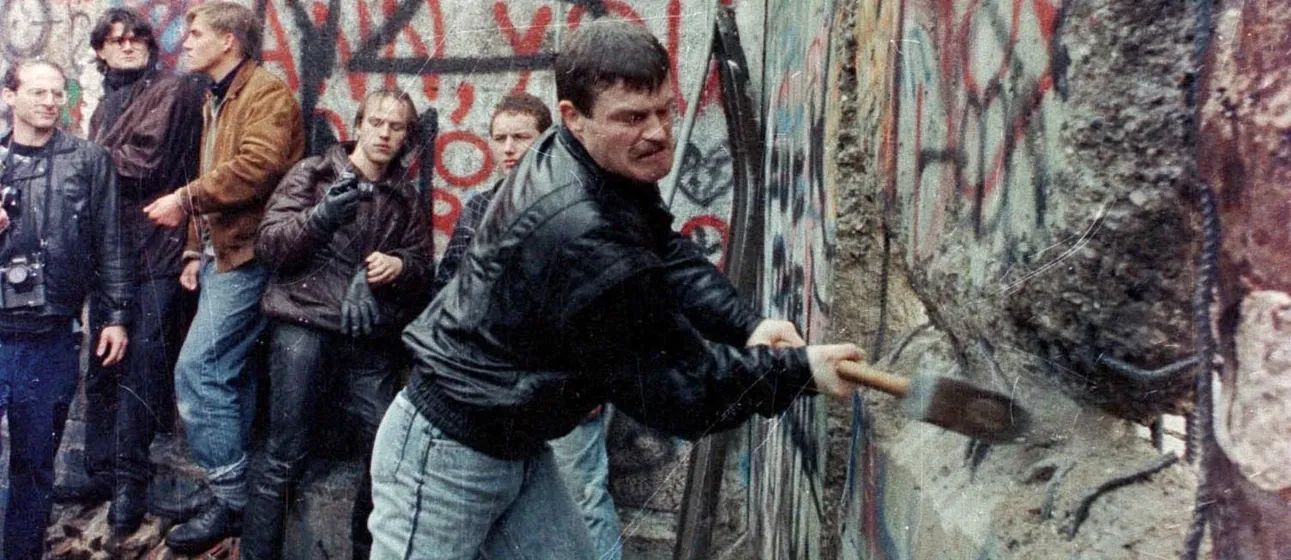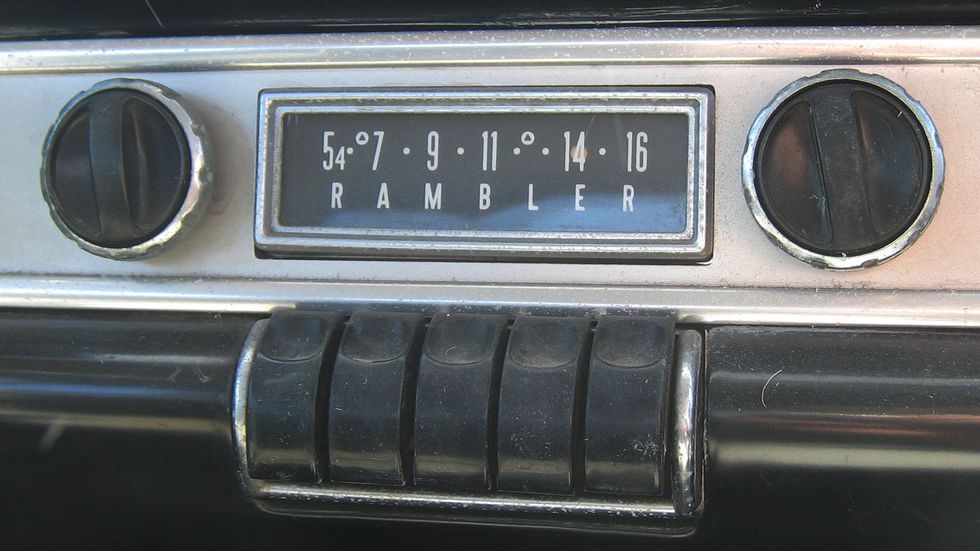Tear Down Those Walls
August 16, 2020
In August of 1961, the communist government of East Germany began construction of a concrete wall to divide the city of Berlin. As much as the United States despised the wall's nearly thirty-year existence and its physical and intellectual barrier, we erected our own 21st-century version. Although invisible, its existence threatens our survival.
Courtesy The Sun
The Yalta Conference agreement at the end of World War II divided Germany between the Soviet Union and the rest of the Allies. Even though Berlin was within Soviet territory, the agreement called for the division of the city. Having the capitalist West Berlin within their communist enclave irritated the Soviets. Like temperate conservative Christians living next door to a college fraternity house, they didn't want their weaker family members tempted by their neighbors’ debauchery.
After previous efforts to isolate their neighbors failed, Soviet leader Nikita Khrushchev gave the East Germans the nod in 1961 to construct the heavily guarded wall. Friends, family, and neighbors were separated, some permanently, by the concrete behemoth. Unlike fences erected to protect meticulously landscaped yards from marauding canines, there wasn’t easy gate access or the opportunity to exchange pleasantries over the top. Checkpoints were limited and tight, and anyone making a move to cross over was shot and killed. It wasn't until November of 1989 when the advance of democracy could no longer be stopped with concrete and barbed wire, that the wall came down.
Although the Berlin Wall was a barrier to physical movement, it was at its core an ideological barricade erected to squelch the exchange of knowledge and ideas. Our 21st-century wall is similar. This wall though is not a single physical monstrosity erected by the government. Millions of invisible barriers have been raised by individual citizens, walling themselves off from thoughts and ideas different from their own. These walls aren't constructed of concrete, steel, and wire, but instead are put together with building blocks of cultural, racial, and economic bias, bound together by closed-minded intolerance.
People who tried to climb over the Berlin Wall were silenced by gunfire. Today, ideas that attempt to climb over the fortress walls of partisanship are gunned down in a hail of rhetoric. Individuals defend their walled-off positions with distorted realities, and foggy anecdotes they claim are facts and history. Much like a family gathering where no subject is safe from a relative's alcohol-fueled ramblings, no topic is free from an inflamed response. Not even the once conversational neutral zones of sports or weather. Suppose a player on your favorite team speaks out. In that case, you should leave your logo emblazoned hat at home to avoid being cornered at the grocery store between the avocados and the kiwis by someone holding you accountable. Complain about the heat and risk an attack on your expertise in environmental science like a doctoral student defending their dissertation.
The Berlin Wall's arrogance was eventually brought down by the realization that erecting an unyielding barrier to isolate philosophies and beliefs actually suffocates the diversity of thought and ideas necessary for survival. It took twenty-eight years for the Berlin Wall to crumble. Forget our being able to wait nearly thirty years. This country may not survive another decade of its citizens hunkered down behind their walls of partiality. We can’t expect to grow and prosper when even the most superficial communication puts a person at risk of being shunned or isolated.
Ronald Reagan’s 1987 speech at the Brandenburg Gate demanding that Soviet leader Mikhail Gorbachev, “tear down this wall,” may not have been the hammer blow that disintegrated the structure. But it took a significant chunk out of the ideological concrete that held it together. In the speech, President Reagan said, “The totalitarian world produces backwardness because it does such violence to the spirit, thwarting the human impulse to create, to enjoy, to worship." Our personal totalitarian approach to ideas threatens similar violence.
It’s time to tear down our walls. Or each of us faces the danger of mentally freezing to death in the cold shadow of their intolerance.
Like what you read?
Subscribe to my mailing list and get notifications to your inbox when my next blog post goes live.
Contact Us
More By Joe



